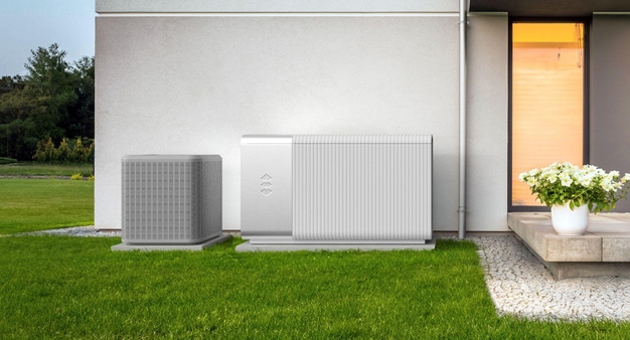What is The Difference Between ice Cooling & Traditional AC?
Ice-powered cooling, or thermal energy storage, cools buildings by making ice at night and using it during the day. It’s often more energy-efficient than regular AC, especially where temperatures drop at night. This system can lower electricity costs and reduce strain on the power grid.
Let's now take a deeper look at the two and their key differences.
What is Ice Cooling?
Ice cooling, also known as thermal energy storage, is an innovative method that uses ice to help cool buildings. The system works by freezing water into ice overnight, when energy demand and electricity rates are lower. During the day, that stored ice is used to cool the building, reducing the need to run traditional air conditioning systems during peak hours.
This technology is especially effective in large commercial buildings or areas with a big difference between daytime and nighttime temperatures. By shifting energy use to off-peak hours, ice cooling can help lower electricity bills and ease pressure on the power grid.
What is Traditional Air Conditioning?
Traditional air conditioning systems use a cycle of refrigeration to cool indoor air. These systems rely on compressors, refrigerant fluids, and fans to remove heat from inside a space and release it outdoors. They run during the hottest parts of the day, often leading to high energy use when electricity demand is at its peak.
Commonly found in homes and offices, traditional AC is widely available, relatively easy to install, and familiar to most property owners. However, it can be less efficient in terms of energy use—especially during times when electricity is most expensive.
Energy Efficiency Comparison
When it comes to energy efficiency, ice cooling often has the upper hand. By creating and storing ice at night—when electricity is cheaper and the grid is under less stress—ice cooling systems shift cooling loads away from expensive peak daytime hours. This reduces overall energy use and can significantly lower utility bills.
In contrast, traditional air conditioners typically run hardest during the heat of the day, placing a heavier demand on the grid and often resulting in higher energy costs. While modern AC units have become more efficient, they still don’t match the load-shifting benefits of ice cooling systems.
Want To Learn More?
Choosing between ice cooling and traditional air conditioning depends on your building size, budget, energy goals, and climate. If you're unsure which cooling system makes the most sense for your space, it's best to consult with one of our professionals for more information about our energy storage solutions in Rocklin and throughout Northern California.

